History of Halloween
Halloween’s beginnings date back to an ancient Celtic festival called Samhain. This day marked the arrival of a cold winter and the closing of summer. This time of year was heavily associated with death. Because of this, the Celts believed that the night of new year’s eve, October 31st, was a day in which the living and death blurred into one. They believed that on October 31st ghosts returned to the Earth. On this all-hallows eve, the Celts would construct large bonfires to burn animals and crops as sacrifices to the gods. “Witches, they burn!” was a phrase captured in an interview with Audrey Ogle, a fellow Tahoma student. During this ritual, Celts wore costumes, which were made from the heads and skins of animals.
This is where the original idea of Halloween costumes came from. For the Celts, the costumes were something they could hide behind to play pranks on one another. The masks and covers would help them to get away with things. This is something that is still relevant in modern times.
When Irish and British folk immigrated to the US in the 18th century, their tradition of Halloween came with them. Halloween has now been embraced into American culture. People had started wearing frightening costumes and get-ups. This way they were all completely in disguise.
Costumes through the decades
In the early 20th century, costumes and Halloween became a staple. The costumes still revolved around spooky themes and were worn to scare off ghosts or spirits. Teenagers would take advantage of the costumes and use them to commit pranks and violent tricks. While keeping their identity secret through a mask.
Through the 1930’s the Great Depression was elevating the violence and vandalism through towns and cities. Due to this neighborhoods and communities started to have smaller family traditions such as passing out candy and costume parties. This was also the year where children were given more costume options such as Mickey Mouse and Steamboat Willy. Homemade costumes were still preferred by many because popular department store costumes were still expensive and hard to come by.
World War II had influenced the trends and costumes of the 1940s, costumes were vulgar, springing from the pin-up photos that were made popular by the US Government and Hollywood. Rationing for sugar had also decreased trick-or-treating that year. This led to more homemade costumes.
In the 1950’s mass-produced box costumes were all the rage because they became more affordable for the middle class. This decade is when people started dressing up as movie or comic book characters like batman. There was also a spike of princess, clown, and cowboy costumes.
In the 60s and 70’s there was a spike in feminism and politics in pop culture. Due to this, many costumes revolved around female characters, such as Cat Woman. Starting in the 70’s, halloween was a day where people from the trans and gay community could freely express themselves. They were able to wear clothing of the opposite gender without oppression.
In the 1980’s there was a boom in pop-culture-related costumes. The new era of horror movies has also influenced the costumes of this decade. The rise of sci-fi movies such as Star Wars and E.T. had also influenced more costumes worn by people.
In the early 1990’s and 2000’s, pop culture was still a very relevant factor to costume ideas. Popular icons such as Britney Spears and Spice Girls were very popular. With the release of many iconic movies in these decades, popular film related costumes had also emerged. Characters from Harry Potter, Marty McFly (Back to the Future), Lloyd and Harry (Dumb and Dumber), and Ghostface (Scream), were all popular choices.
In the 2020’s, many trends and movies have influenced the costumes. As said by fellow Tahoma Student, Audrey Ogle, “What are some iconic costumes? Uh, traffic cones, ghosts, The Lorax.” Pop culture has also been a big influence on today’s costumes, such as pop artist Sabrina Carpenter.
How have costumes and Halloween really evolved?
Today wearing costumes for Halloween isn’t just a Celtic tradition, it’s a full blown holiday that is capitalized by businesses. As said by fashion student Mylee Allen, “Halloween has become like a big corporate money maker throughout the centuries and decades that it has really evolved. Currently it is a big big money maker for companies like Spirit Halloween, which use it as their main source of revenue. Seeing as it comes from folklores and witches and now has evolved to celebrity parties it is definitely something to be capitalized off of.”
This really shows how Halloween costumes aren’t just relevant for their fashion perspective and creativity, but they are relevant for all the businesses and people who bank off of the use of costumes.
But what do I wear this year?
This year there are so many things that you could dress up as, from a movie character to a pop icon. But thankfully, Time Magazine has got you covered with the top 10 most popular Halloween costumes of 2024.
- Shrunken Head Bob- Beetlejuice Beetlejuice
- Raygun- Australian breakdancer who competed in the Olympics
- CatNap- Horror game Poppy Playtime
- Delores- Beetlejuice Beetlejuice
- Pomni- The Amazing Digital Circus
- Envy- Inside Out 2
- Red- Descendants: Rise of Red
- Dr. Doom: Supervillain from a Marvel comic series
- Pop artist Sabrina Carpenter
- Lady Deadpool- Deadpool & Wolverine
If these costumes aren’t your jam, don’t worry there are millions of ideas that you could conjure up yourself this spooky season.

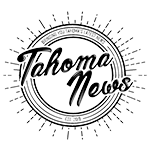
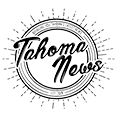
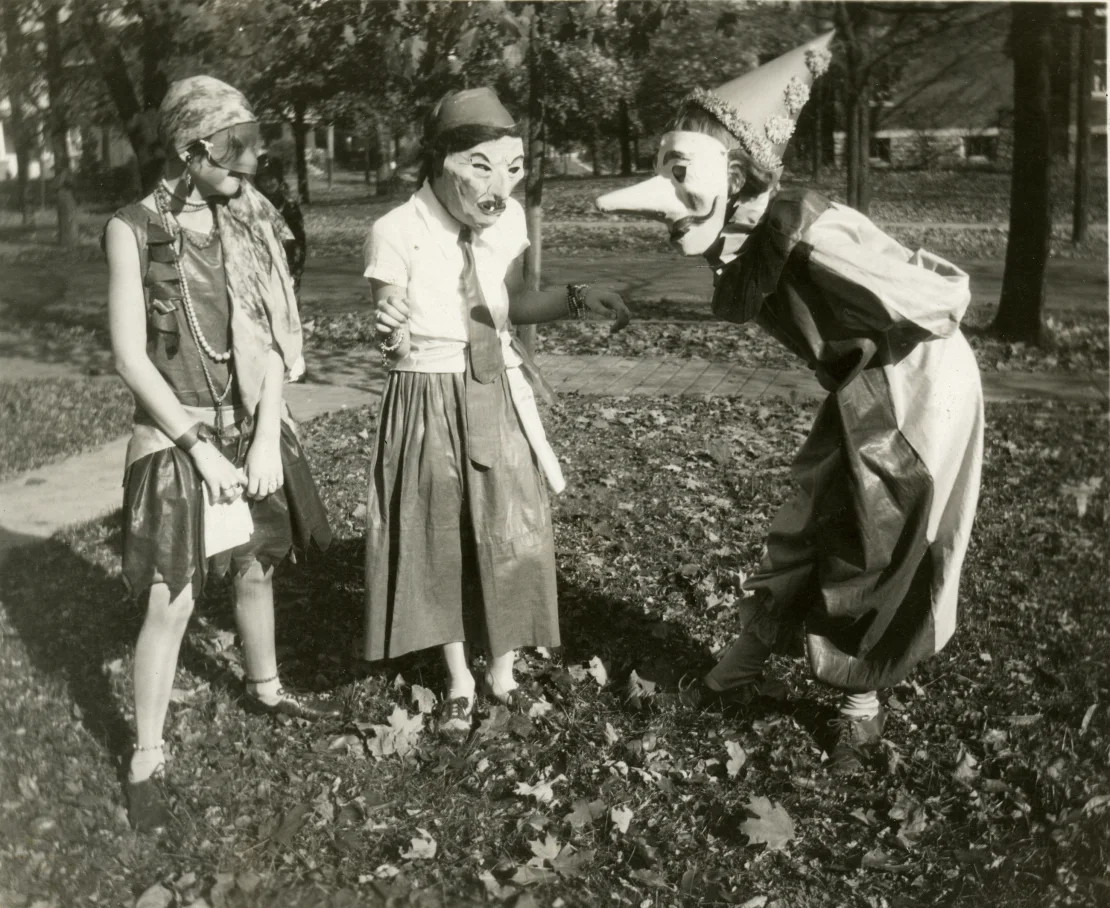

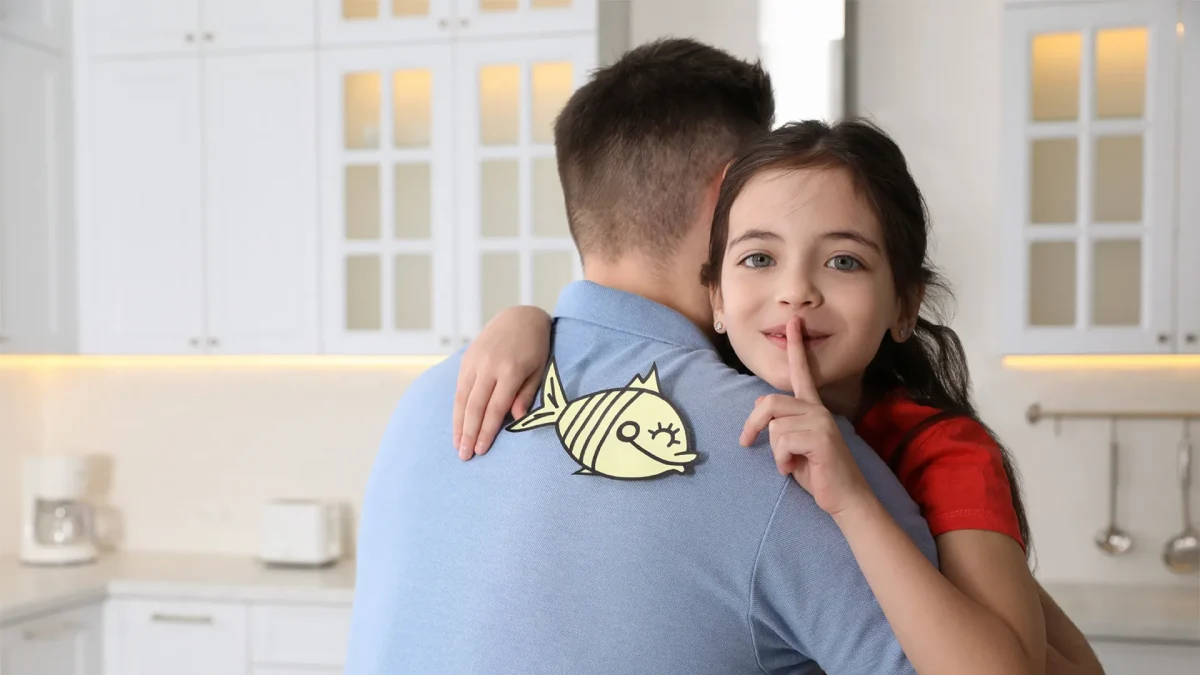
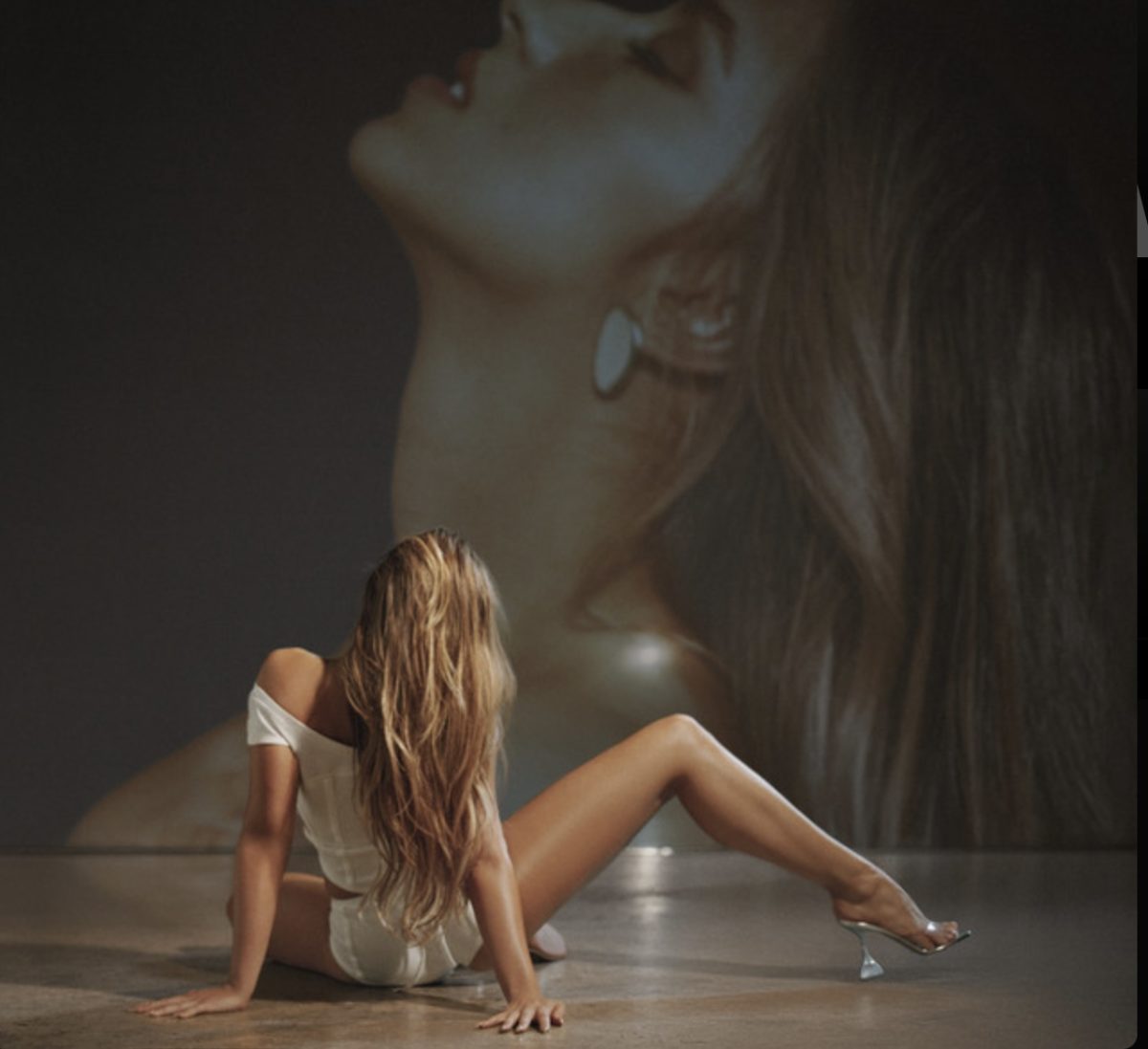
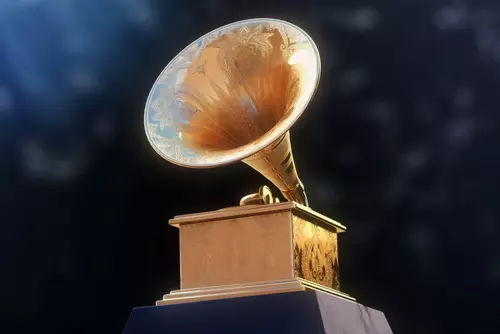

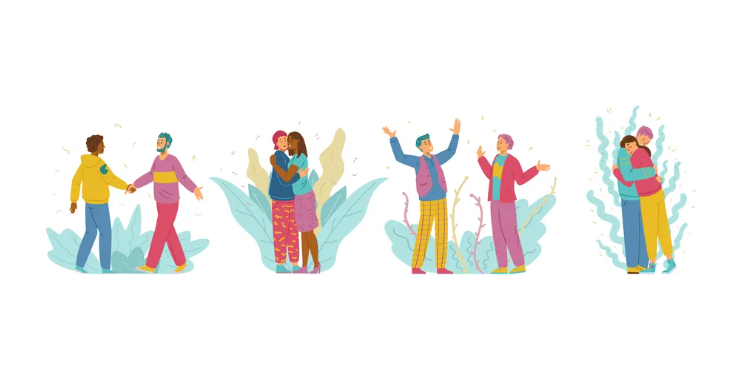
Oliva • Dec 4, 2024 at 11:16 am
THIS IS AMAZING!! I HAVE NEVER READ ANYTHING BETTER!! THIS BROUGHT TEARS TO MY EYES!! I AM BURSTING WITH EXCITEMENT! EVERYTHING IN THIS ARTICLE MADE ME SHIVER WITH JOY. I AM SHAKING AND CONVULSING WHILST READING. PLEASE WRITE MORE. I AM DESPERATE. IM HAVING WITHDRAWALS.